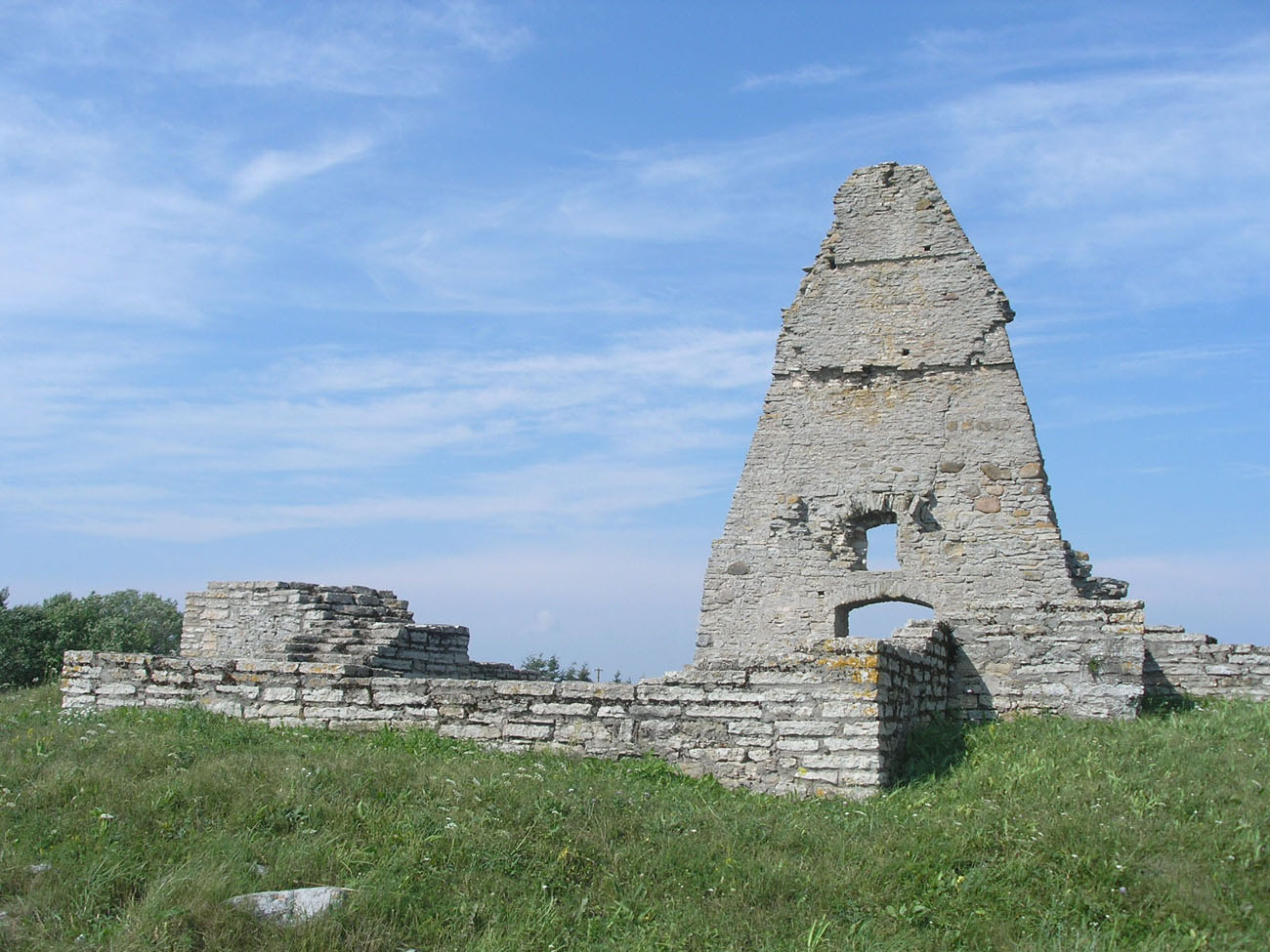History
The chapel was erected in the 13th century, according to tradition, to celebrate the victory of the Livonian Order over the Ruthenian army in 1268. It was one of the first masonry buildings in northern Estonia. The chapel ceased to be used during the Reformation in the first half of the sixteenth century, fell into disrepair and about the mid-seventeenth century collapsed.
Architecture
The chapel was built on the plan of the Greek cross, which was an unusual solution in these areas in the Middle Ages and probably referred to the Orthodox, Ruthenian architectural style. The building consisted of a nave, two shallow transept arms and a small, four-sided chancel on the eastern side.
Current state
Only the western gable wall of the chapel has survived to this day. The remaining parts of the building are visible only at the ground level. Admission to the site located in the field, east of the village, is free.



